

Max Davies
2025 BYD Shark 6 review
23 Days Ago
It's been a while between drinks for Isuzu, but there's finally an all-new D-Max. Is it enough of a change to take on the segment leaders?

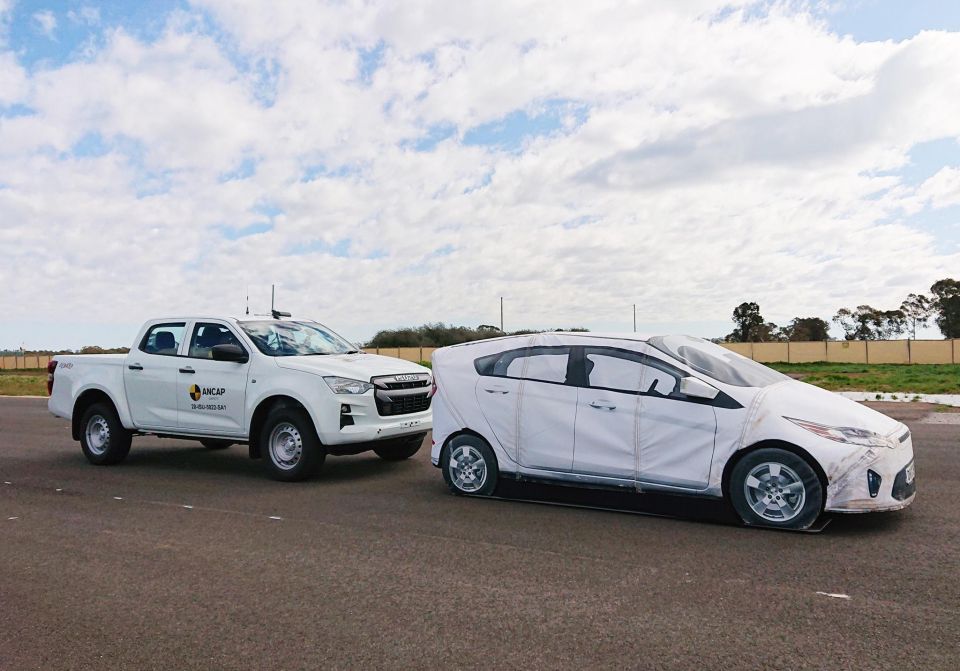

Founder
New from
$28,600
excl. on-roads

Founder
New from
$28,600
excl. on-roads


Founder
New from
$28,600
excl. on-roads

Founder
New from
$28,600
excl. on-roads
Quickly see how this car stacks up against its competition. Select any benchmark to see more details.
Where expert car reviews meet expert car buying – CarExpert gives you trusted advice, personalised service and real savings on your next new car.
It’s not often a brand new dual-cab ute hits the market. Utes tend to live on for years, and are evolved gradually over the course of countless facelifts. The all-new 2021 Isuzu D-Max is just that – all new.
Isuzu has put a lot of work into the 2021 D-Max, having invested in more than four million kilometres of testing and a brand new engine, building on the base of the 4JJ1 often lauded as the most reliable engine in this segment.
The 4JJ3 includes all the elements of a ‘built to last’ engine (more on this later), but most importantly offers more power and torque than its predecessor, addressing a grumble among buyers wanting more grunt for towing.
With more features (and price increases, some significant, to match) across the board, does the new Isuzu D-Max finally have what it takes to properly combat the reigning champs in the segment, the Ford Ranger and Toyota HiLux?
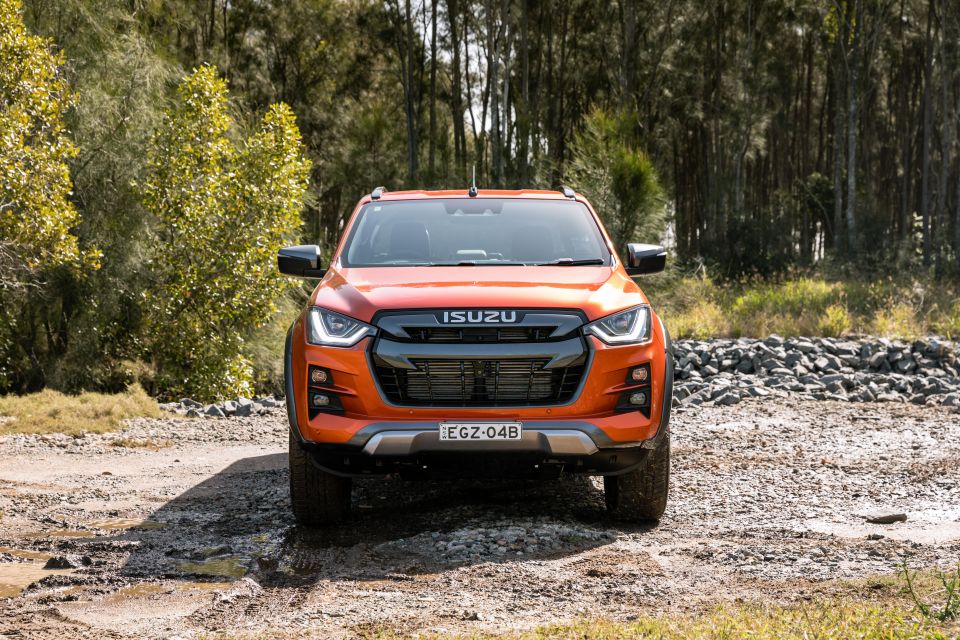
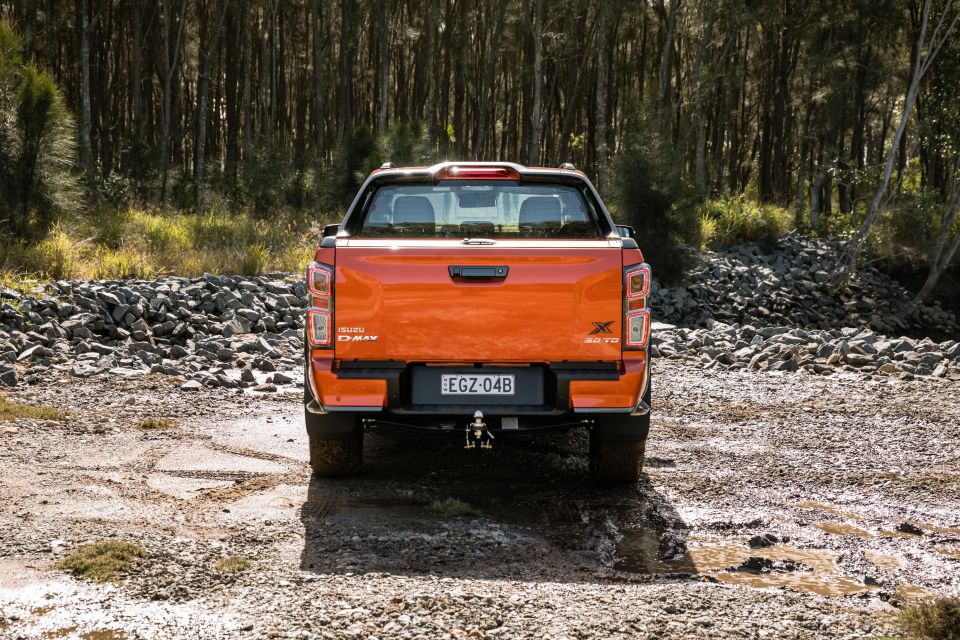
The Isuzu D-Max range kicks off in Australia from $32,200 before on-road costs for the single cab chassis 4×2 SX with a six-speed manual transmission, although an automatic can be added for $2000.
The range caps off with the 4×4 dual-cab X-Terrain tested here, which comes with an asking price of $62,900 before on-roads and is exclusively sold with a six-speed automatic transmission.
While this specification wasn’t offered in the last D-Max range, it represents a significant $8190 price increase over the outgoing top-specification D-Max LS-T.
We have a heap more detail in our 2021 Isuzu D-Max pricing and specifications article, so make sure you have a read if you need to know more beyond what we’ve listed here.
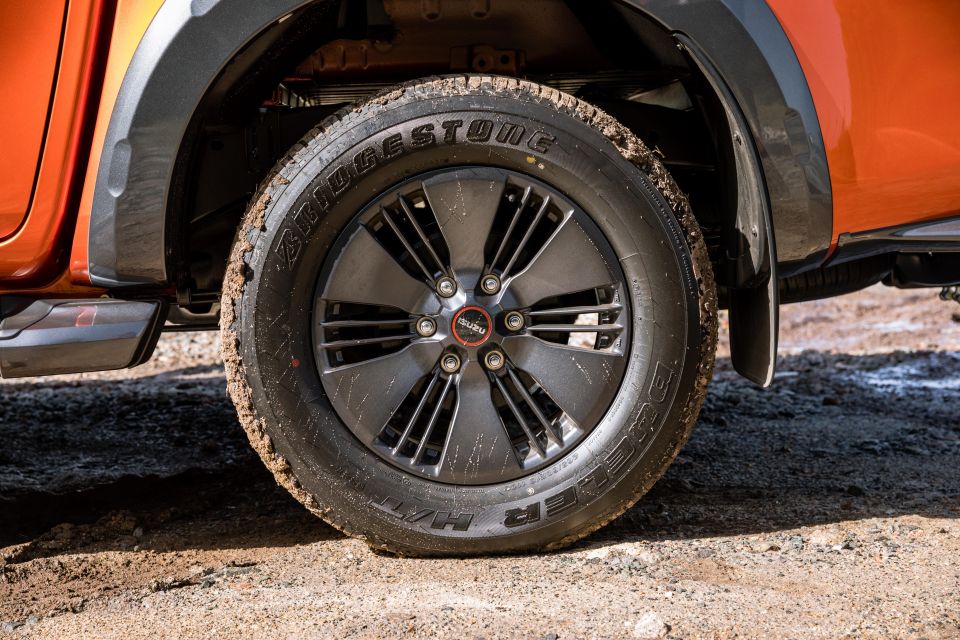

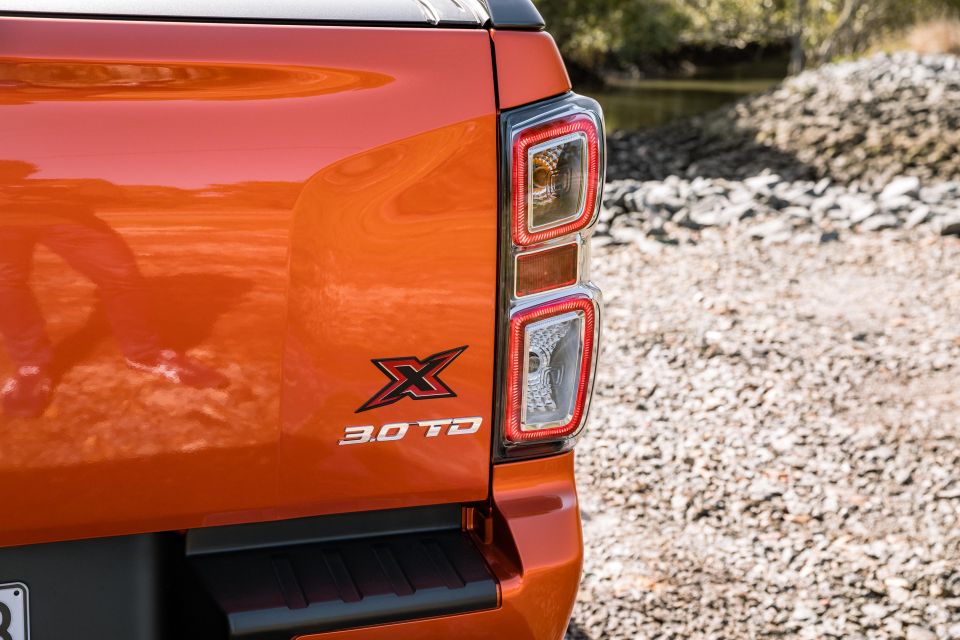
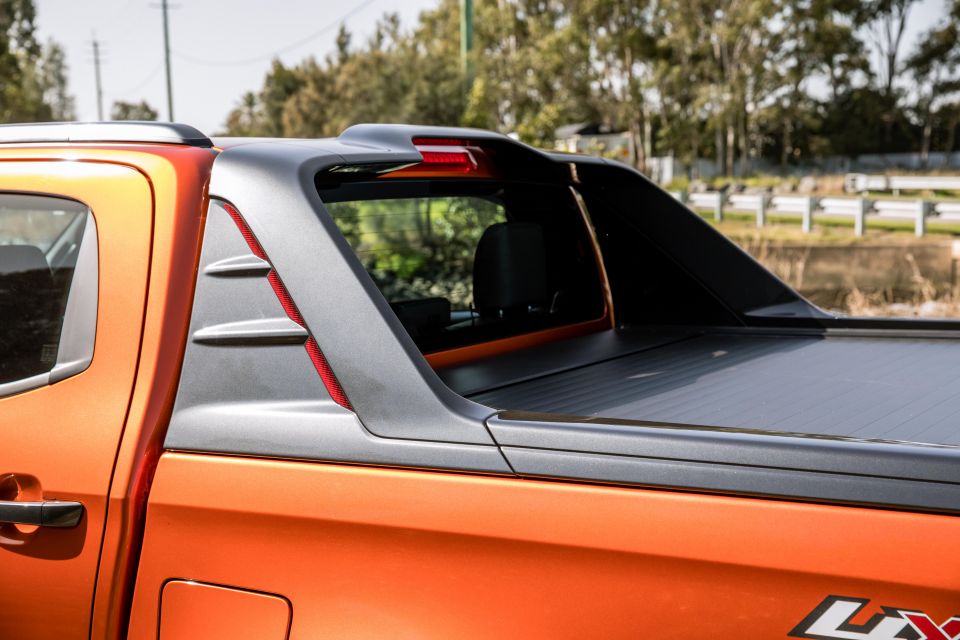
It’s worth noting Isuzu has launched the D-Max with drive-away offers at the entry-level, and at the top of the tree. The SX manual 4×2 can be had for $29,990 drive-away, and the X-Terrain can be yours for $58,990 drive-away.
There are eight colours to choose from, with pearl white and mica red available only on LS-U and X-Terrain variants, or a vibrant orange metallic exclusive to X-Terrain vehicles – that’s the colour pictured here.
Buy your new car without the stress. It's fast, simple and completely free.

Great service from Travis and team, second time I have used this business would not hesitate to recommend them to anyone
Craig C.
Purchased a Ford Ranger in Sunshine Coast, QLD
CarExpert helped Craig save $7,224 on his Ford Ranger, now let us save you on your next new car.
Get your BEST priceDoes the significant price increase bring with it more features? Yes, thankfully.
Outside you’ll find 18-inch alloy wheels shod with 265mm wide tyres, a locking cargo roller blind, X-Terrain decals, side steps, styled tray flares, flared wheel arches, LED daytime running lights, LED headlights, roof rails, front and rear parking sensors, and proximity entry and start.
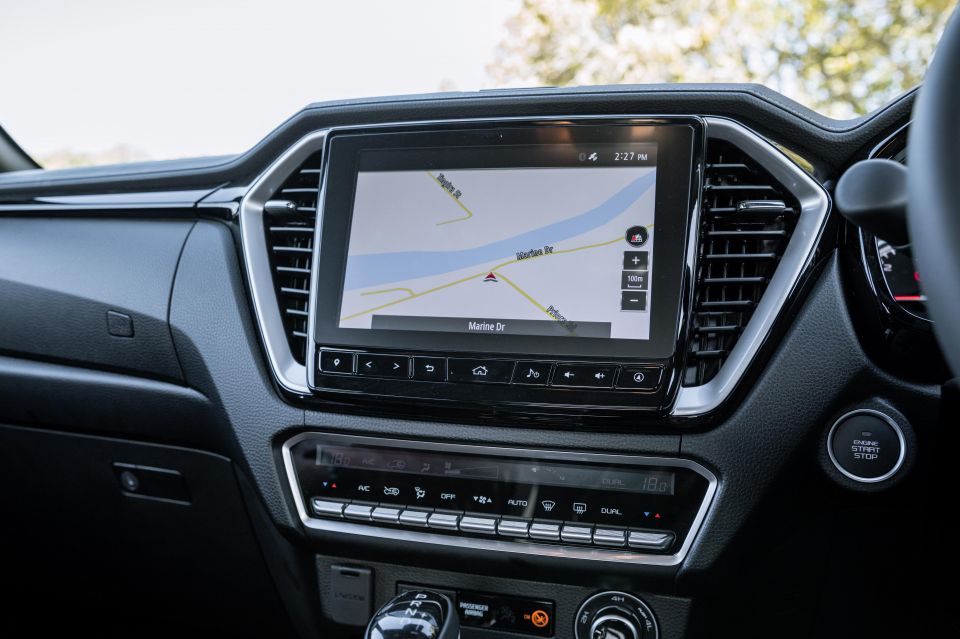
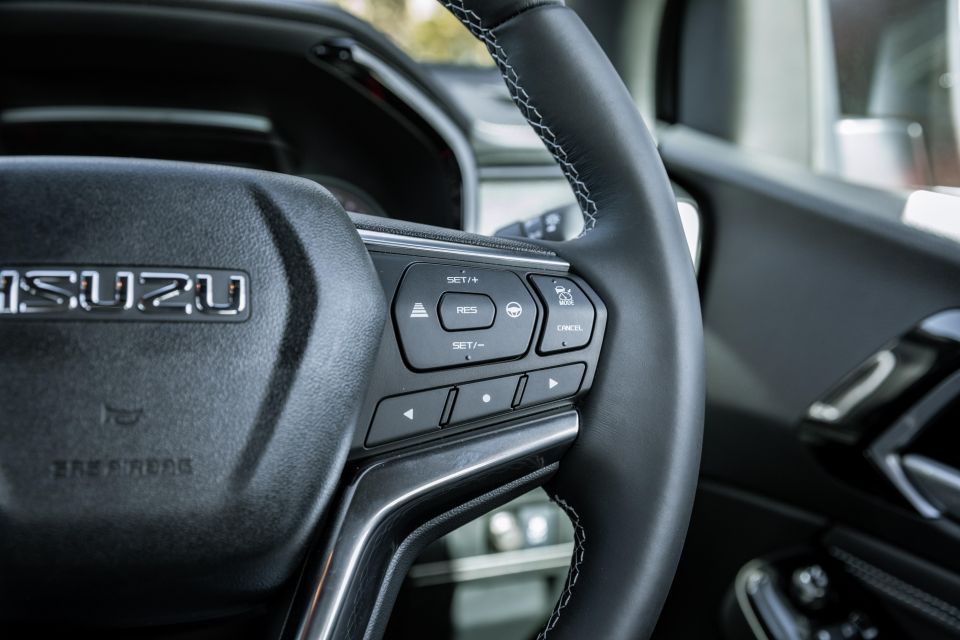
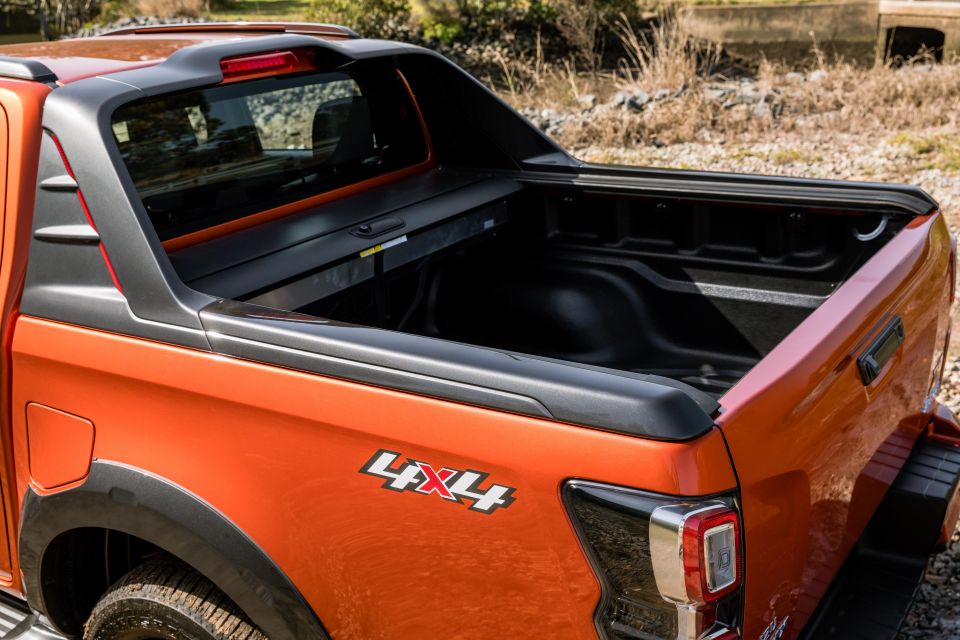
Inside the cabin there’s a huge improvement in standard equipment with dual-zone climate control, 9.0-inch infotainment display with wireless Apple CarPlay and wired Android Auto, a TFT driver display, an auto up/down driver’s window, automatic windscreen wipers and headlights, entry grab handles, radar cruise control with semi-autonomous steering, voice recognition, built-in satellite navigation, auto-folding wing mirrors, and electric seat adjustment.
There are extras to add on (outside of accessories). This is a big leap forward for the D-Max in terms of standard equipment. The outgoing car didn’t have automatic windscreen wipers and the headlights didn’t even switch off when the ignition was switched off, so the features are very welcome.
It’s the only ute in the segment with automatic locking and unlocking from the proximity key – at least, until the related BT-50 arrives – meaning the car will lock on its own as you walk away with the key and automatically unlock as you approach.
There’s also a remote start feature that can help cool the cabin in summer, or heat it before you hop in on a cold winter’s day.
The 2021 Isuzu D-Max was tested by ANCAP and scored a five star safety rating.
The D-Max was awarded 83 per cent for its adult occupant rating, 89 per cent for its child occupant safety rating, 69 per cent for vulnerable road user protection and 81 per cent for its safety assist score.
Isuzu has gone to town, equipping the D-Max with as much safety gear as possible. That means you get eight airbags, including front, side, and head airbags. There’s also a central airbag between driver and front passenger.

Autonomous emergency braking (AEB) with vulnerable road user detection is now standard across the range, as is a semi-autonomous steering function and traffic sign recognition.
The AEB system also comes with a turn-assist feature preventing the vehicle from driving into oncoming traffic when turning. There’s also blind-spot monitoring, rear cross-traffic alert, and automatic high-beam.
There’s also electronic stability control with trailer sway protection, anti rollover mitigation, and both front and rear parking sensors.
This is probably the part that’s going to immediately win over customers. The reputation Isuzu has built over time with engine reliability and a perception of durability was somewhat lost on buyers who wanted all the latest bells and whistles with the previous generation. That changes with the new D-Max.
Soft-touch materials atop the dashboard and a high level of attention to fit and finish make this cabin feel far more luxurious than any of its competitors. The seats are sumptuous and body hugging, and the steering wheel is leather-trimmed and heavily padded to feel meaty in the hands.

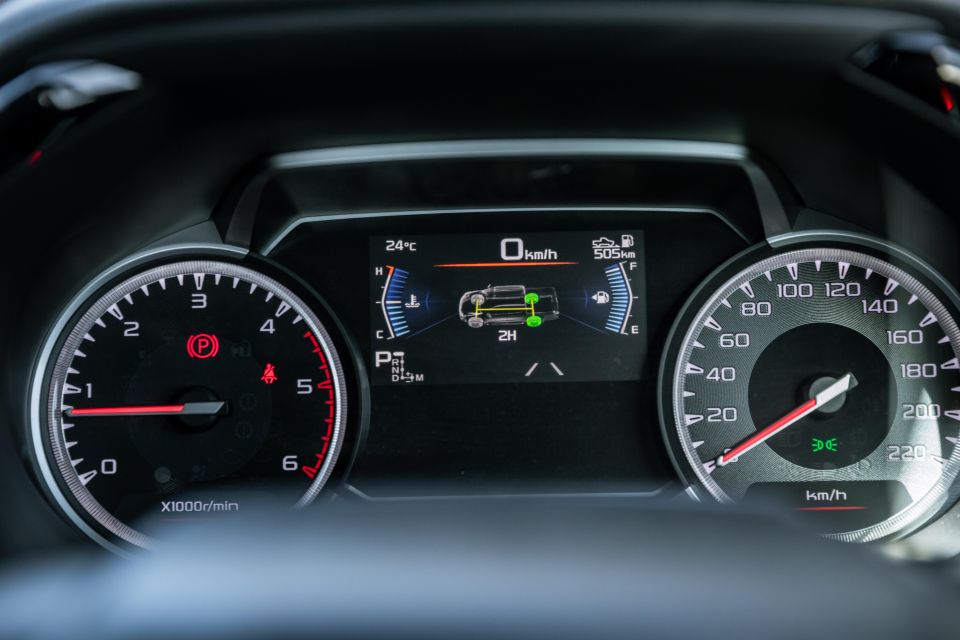
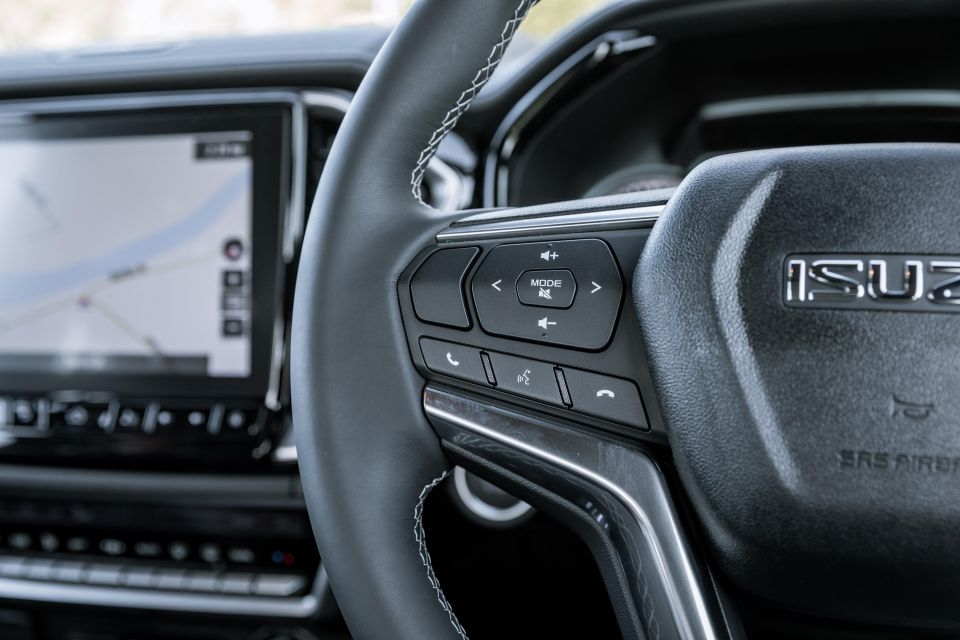
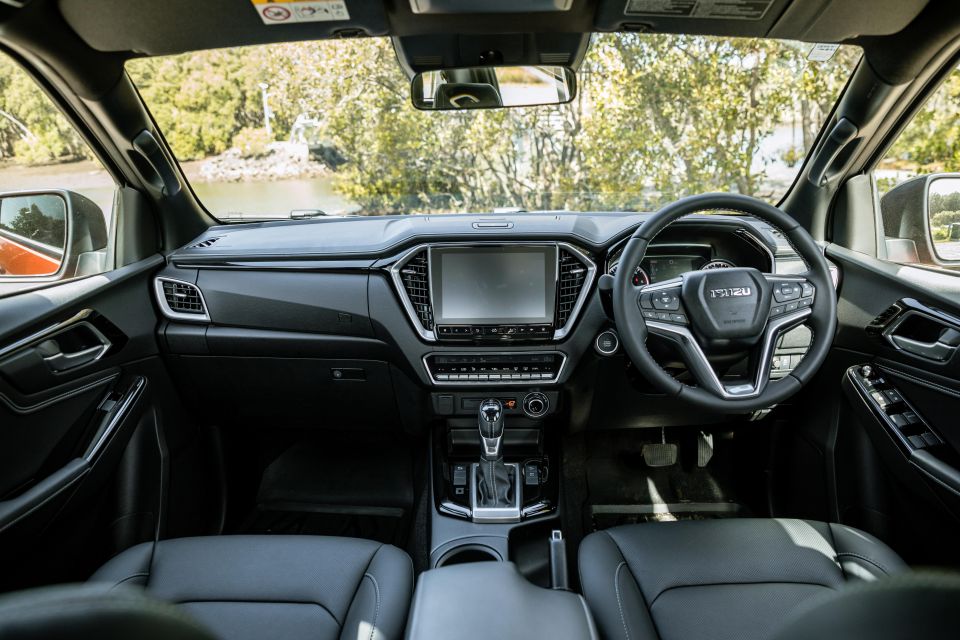
Even the climate control switches feel high-end, nicer than you might expect of a vehicle likely to be used as a work ute.
Isuzu has addressed some of our gripes with the last D-Max, including the lack of reach adjustment on the steering column and the dashboard storage unit that was impossible to open without dedication and effort – see our review of the last generation D-Max LS-T to see what we mean.
This new interior is hard to fault. A few things that we did notice – and they’re only small – were the lack of back lighting on window switches. Not a huge problem, but finding things like the door unlock button in the dark was nearly impossible without switching the lights on.
In terms of storage, the centre console is reasonably sized, there are two cup holders up front with a phone storage tray ahead of the gear shifter. Both front air vents feature adjustable cup holders to keep your coffee warm or your Dare iced coffee cool, along with a little storage box just ahead of the driver’s knee.

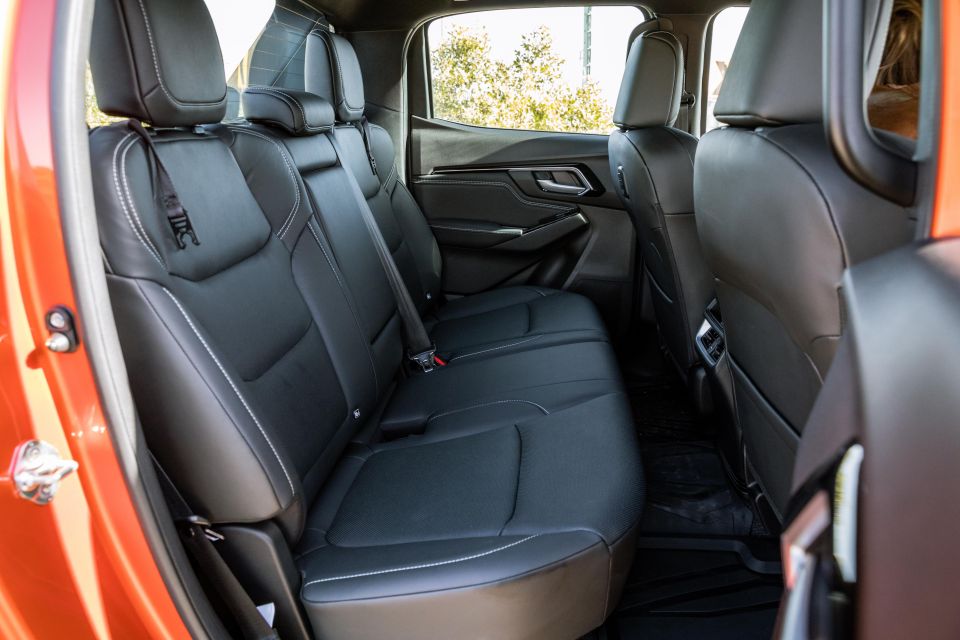
Atop the dashboard is a storage box with a button which finally makes accessing it easy.
Central to the cabin is a big 9.0-inch infotainment touchscreen, supported by a native voice recognition system that works pretty well.
It’s not the best infotainment system in the world – it’s certainly better than the outgoing unit, but it can be fiddly to use at times. It’s not terrible, but it’s far from Ford’s Sync3 system or the updated infotainment unit in the Toyota HiLux.
All of that becomes a non-issue once you pair your phone. It’s the only vehicle in this segment with wireless Apple CarPlay, although Android Auto is wired. For the most part it works flawlessly, and allows voice commands to be forwarded to your phone’s cloud-based voice recognition system as an alternative to the inbuilt unit.
We only ran into an issue with it when phone audio would randomly override the radio, and not return back to the radio when it was complete. Outside of that, we love the integration and it completes the unit.
Built into the head unit is AM/FM and DAB+ digital radio, along with native satellite navigation with traffic.
Ahead of the driver is a colour TFT display offering trip computer information, safety system status, a traffic sign recognition system, and a number of vehicle settings.
Second row legroom is good but not amazing. Likewise toe room, but there was adequate head room and the second row feels spacious for an adult. You’ll find rear air vents, USB power, and a centre arm rest.
The second row folds upwards at its base to reveal storage beneath the seat, and the seat back folds to access a shared top tether point. ISOFIX points are also available on the two outboard seats.
We loved the inclusion of a hook behind the passenger seat for shopping bags and other bits and pieces that have a habit of flying around the cabin.
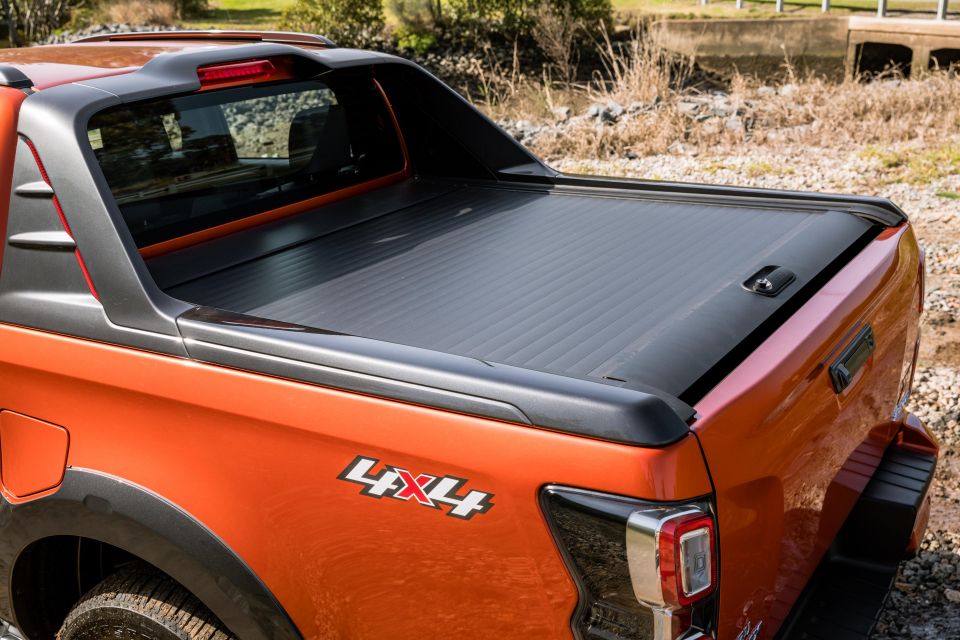
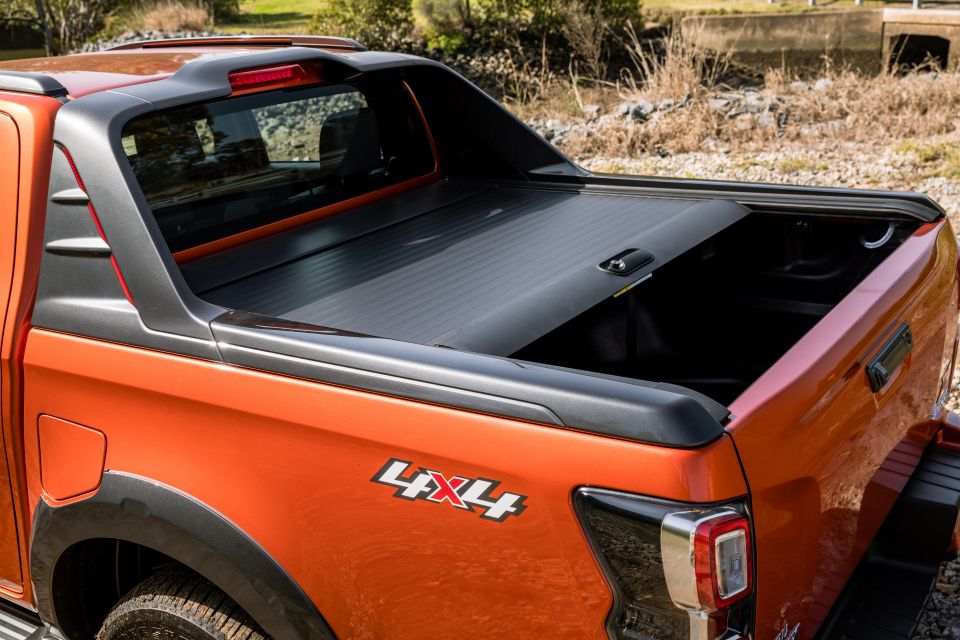

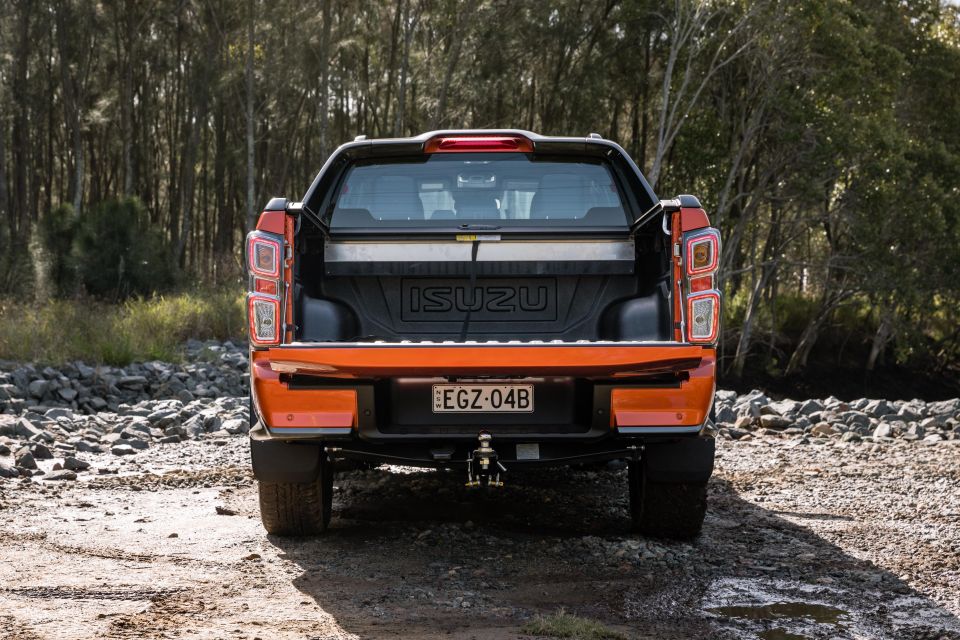
When it comes to the tray, the X-Terrain comes fitted with a lockable roller blind cover. It works pretty well and is easy to use – it just requires a bit of man handling to close. It’d be nice to see a motorised remote version available as an option to make this task easier.
Load dimensions come in at 1570mm load length, 1530mm maximum width (1122mm between the wheel arches), and 490mm depth, and payload comes in at 970kg.
One of the D-Max’s biggest selling points has always been reliability and durability. While this is a brand new engine, you’d expect Isuzu has used its learnings from the original 4JJ1 engine and its experience with truck diesel engines to improve this one.
The 4JJ3-TCX is a 3.0-litre turbocharged four-cylinder diesel engine producing 140kW of power and 450Nm of torque (10kW and 20Nm more than the 4JJ1), mated to either a six-speed manual or automatic transmission.
The six-speed manual is an Isuzu gearbox, while the six-speed automatic is an Aisin unit with sequential gear shifting, and a tri-mode torque converter lock-up in third, fourth, fifth and sixth gears.

Fuel economy comes in at a combined 8.0 litres of fuel per 100km. During testing, we achieved an average of 9.2L/100km.
Some key highlights worth pointing out when it comes to the engine – it uses a steel timing chain, piston crowns and pins that are coated with a diamond-like carbon, and a double scissor idler gear design.
There’s a caveat to be made here with the drive impressions. The D-Max was delivered to our Melbourne office just prior to the greater Melbourne area being plunged into a restrictive Stage 4 lockdown.
Part of our X-Terrain review was done in Melbourne, while the rest was conducted in Brisbane. It means our assessment of towing, off-roading, and payload carrying, along with a detailed video, will wait until we get the car back through the garage.
Let’s start with the two main points that impressed us the most with the D-Max. They’re both evident at low speeds, driving in and around the city.
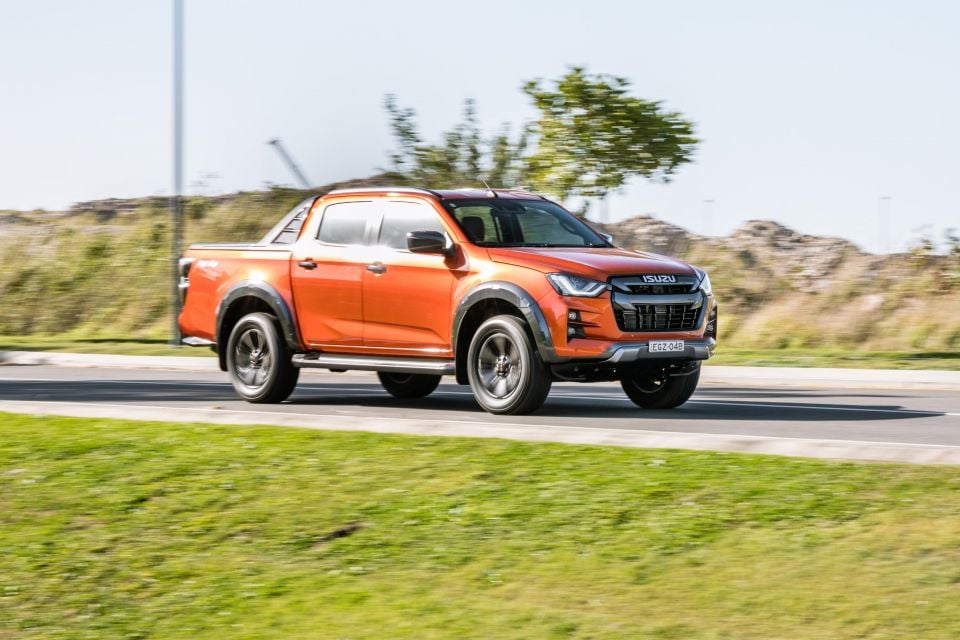
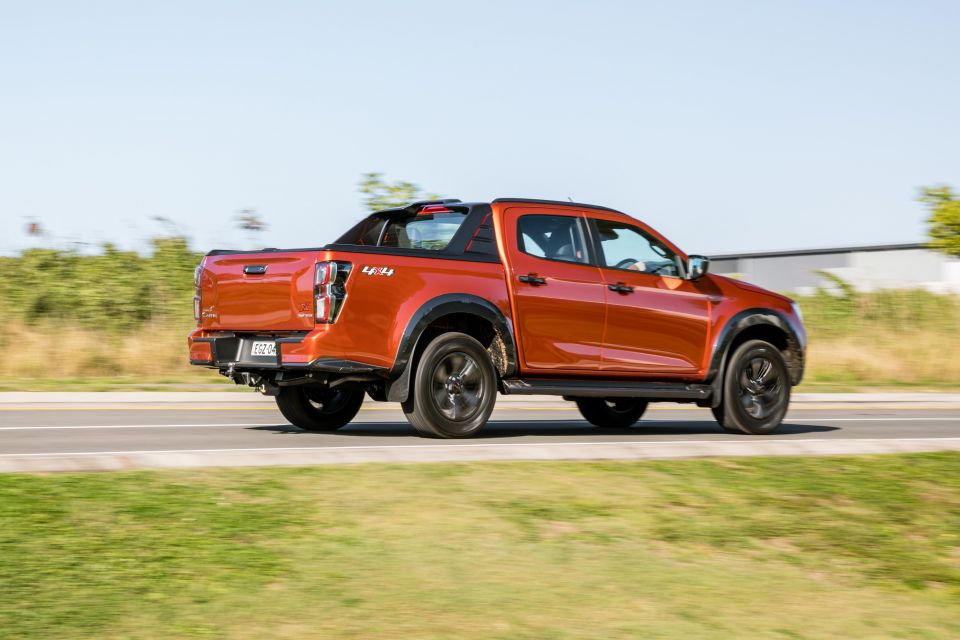
A lot of effort has been put into the car’s steering. The hydraulic power steering of the outgoing D-Max has been replaced with an electrically-assisted setup that’s far easier to manoeuvre around town. Isuzu hasn’t gone overly light, instead following the path Ford took with the Ranger and adding enough weight to make it feel like you’re still in charge.
With that said, feel through the steering wheel is very good, and devoid of the rack rattle and kickback you could experience at times in the outgoing D-Max.
The second part to this impressive low-speed package is the ride quality. It’s exceptional, and really sets this latest D-Max apart from its predecessor, putting it well and truly among the best vehicles in this segment – we’ll wait until we get a chance to drive them all back-to-back to get a more accurate placing.
Over cobblestones and speed humps it absorbs bumps with aplomb, and removes the hard edge to brittle surfaces that would typically unsettle a dual cab ute. It makes for a very pleasant drive, and puts the D-Max in a good place for lifestyle-oriented families keen to replace their SUV with a dual-cab ute, as is becoming common.
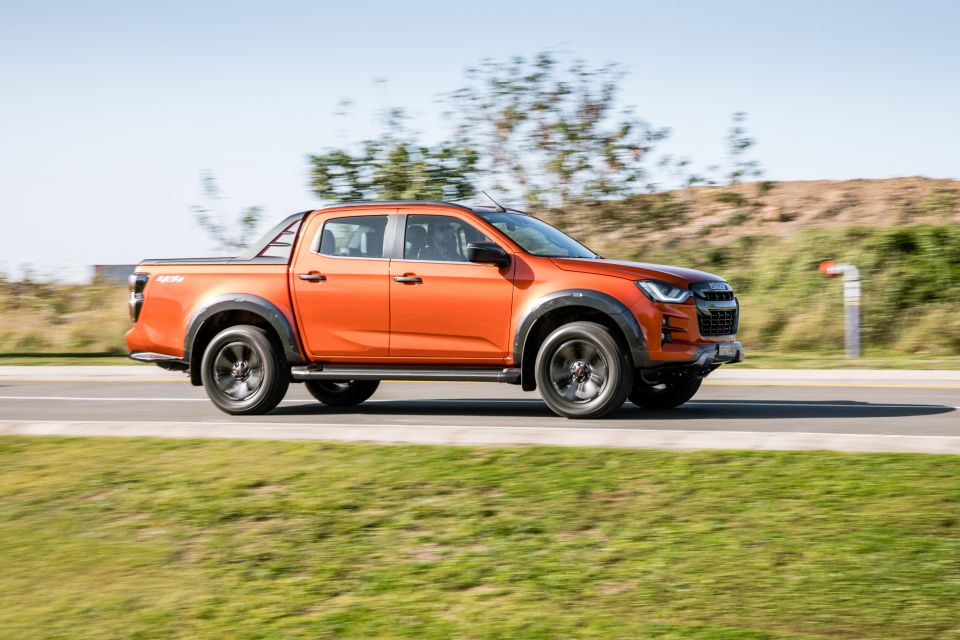
At idle from the outside, the 4JJ3 can be pretty noisy. It’s not ear-shatteringly loud, but you’ll definitely hear it coming in a car park. It’s the same story inside the cabin when the engine is under load. It’s not too intrusive, but it is noticeable.
Speaking of which, this new engine does a great job of delivering torque whenever you need it. The gearbox is clever enough to stay in the same gear and lean on the torque band instead of hunting, and it remains smooth when moving up and down gears.
The torque band of the 4JJ3 is broad. Peak torque comes in early (from 1600rpm) and sticks around until 2600rpm. Unlike some diesel engines, which almost immediately drop off, there’s still at least 300Nm of torque available at 4000rpm, which means it has a punchy mid-range and also doesn’t dawdle if you stamp on the throttle off the line.

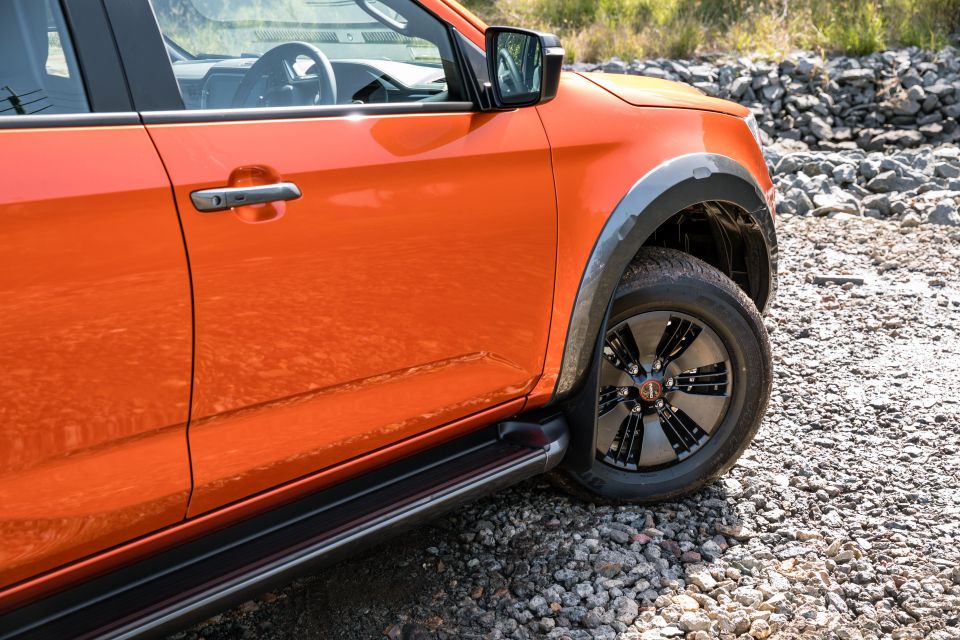
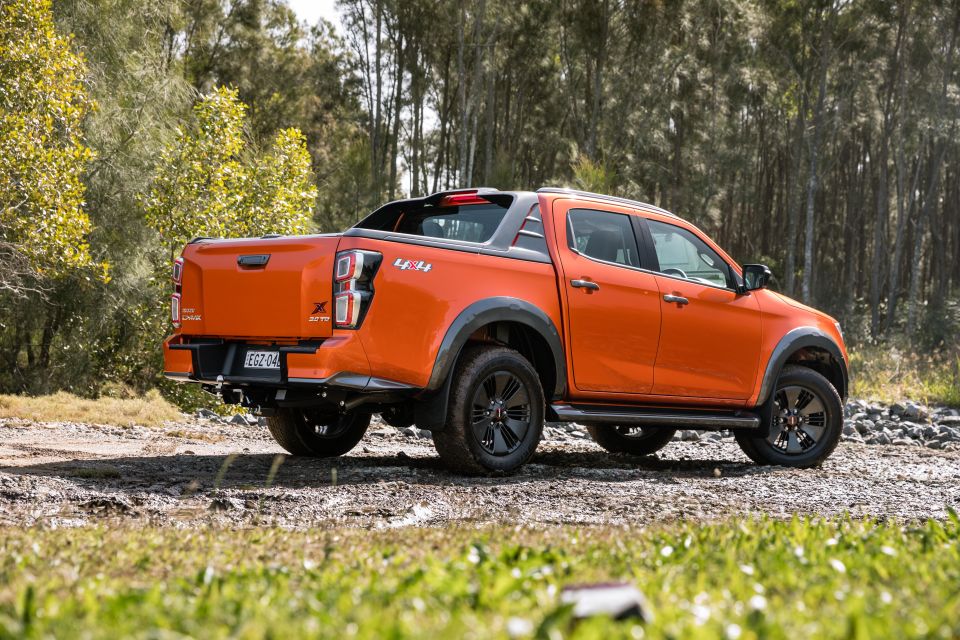
We had the chance to drive in the wet at city speeds and the traction control does a commendable job of reining in wheelspin if you’re too eager with the throttle.
Out on the highway and on coarse chip country roads, cabin noise isolation is excellent. It looks like Isuzu put a lot of effort into cabin noise deadening, and preventing intrusion from wing mirrors and external parts exposed to the wind.
The D-Max doesn’t handle quite as sharply as the Ford Ranger, but it feels confident on its feet and is always predictable, which is important in dicey conditions and on gravel roads.
In terms of off-road equipment, the D-Max finally comes with a locking rear differential. In addition, it drives as a full-time two-wheel drive (sending torque to the rear wheels) with the ability to switch to four-wheel drive high range on unsealed surfaces on the move and into a four-wheel drive low range when stopped.
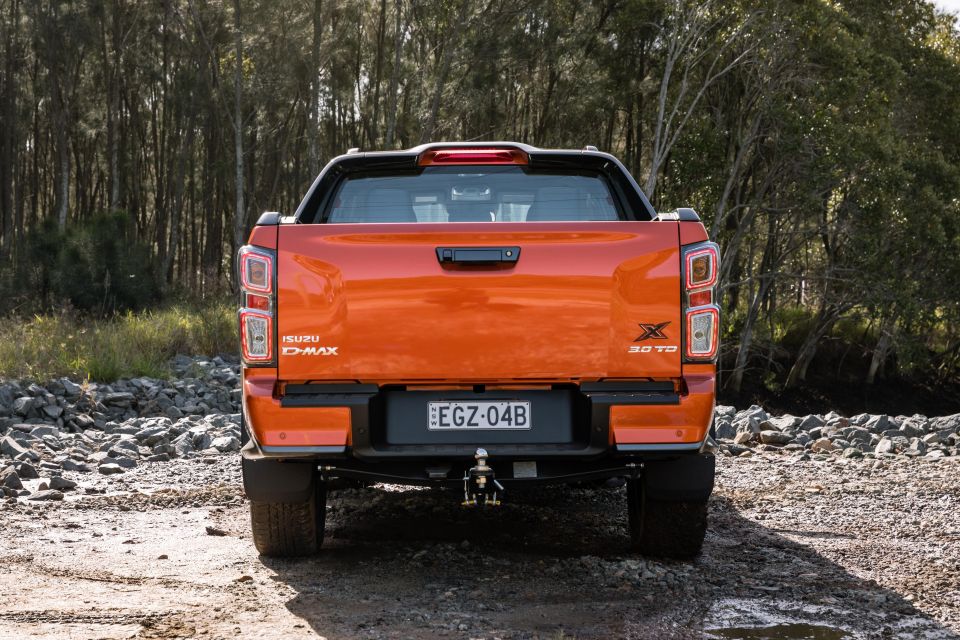
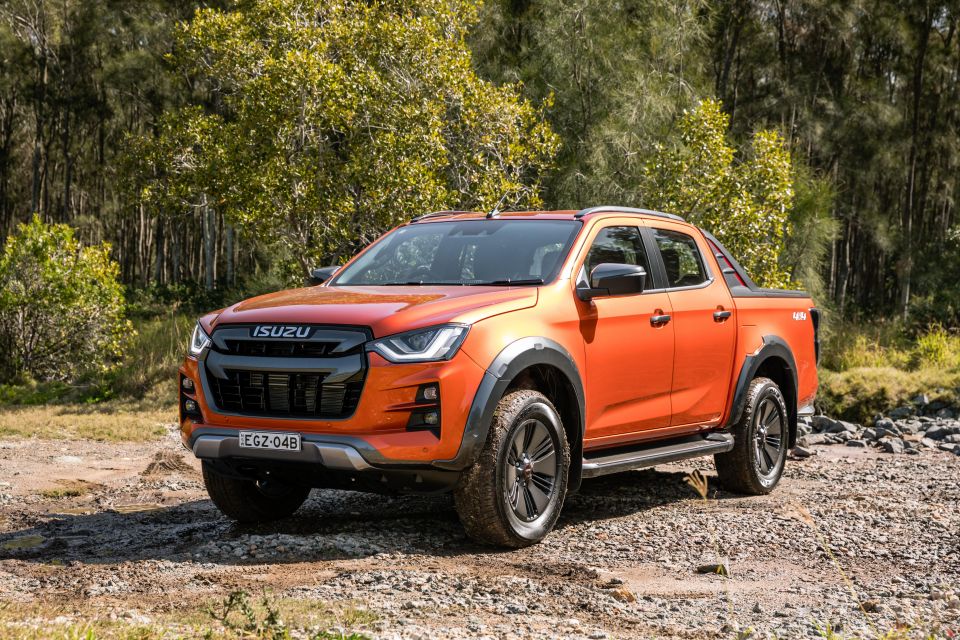
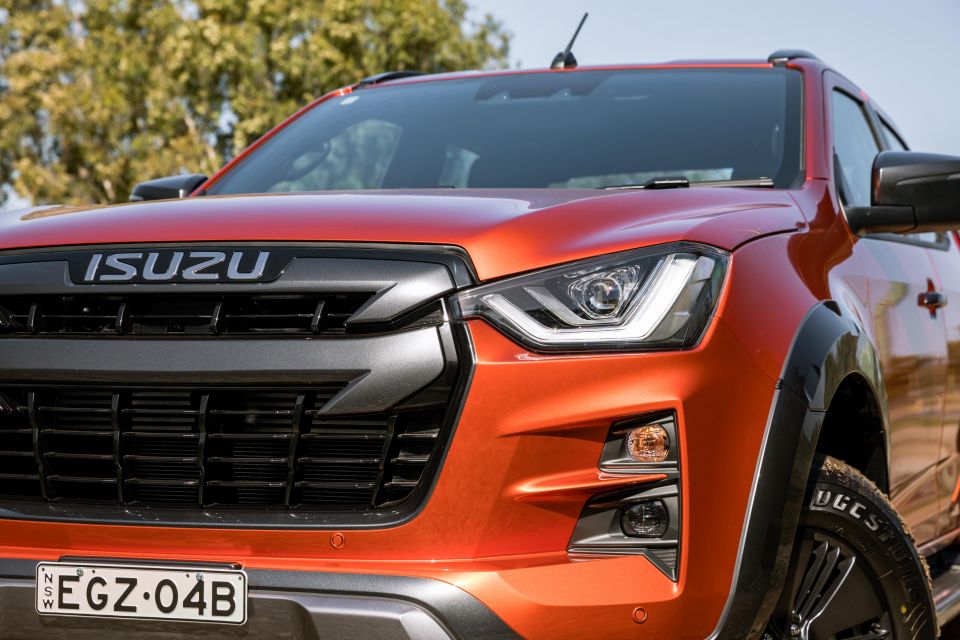
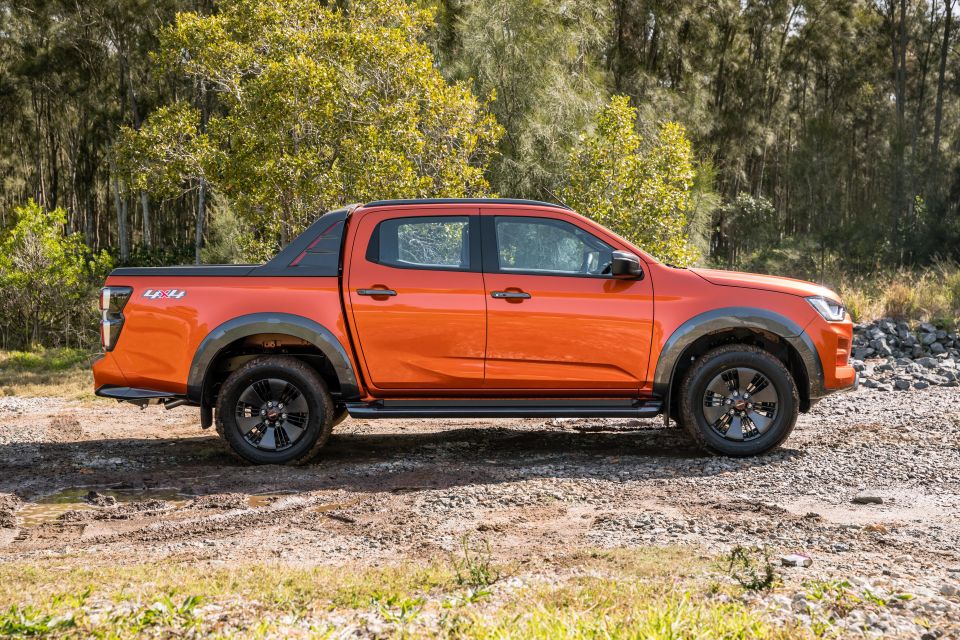
Ground clearance comes in at 240mm, while wading depth has increased to an impressive 800mm. There’s an approach angle of 30.5 degrees, a departure angle of 24.2 degrees, and turning circle of 12.5 metres kerb-to-kerb.
There’s also a 3500kg braked-towing capacity with the availability of an Isuzu-approved weight distribution hitch. Maximum tow ball down force weight is 350kg.
In terms of additional driving features, we had the chance to test out the radar cruise control and semi-autonomous lane-keeping assistant. Both systems work well, with the D-Max not running away with speed on longer downhill stretches.
The steering assist featured worked well and it’s the best system of its type that we’ve tested in a dual-cab ute. Over time these systems are expected to improve, as more of this technology is rolled out into this segment.
Isuzu offers the D-Max with a six-year, 150,000km warranty, along with seven years of roadside assistance.
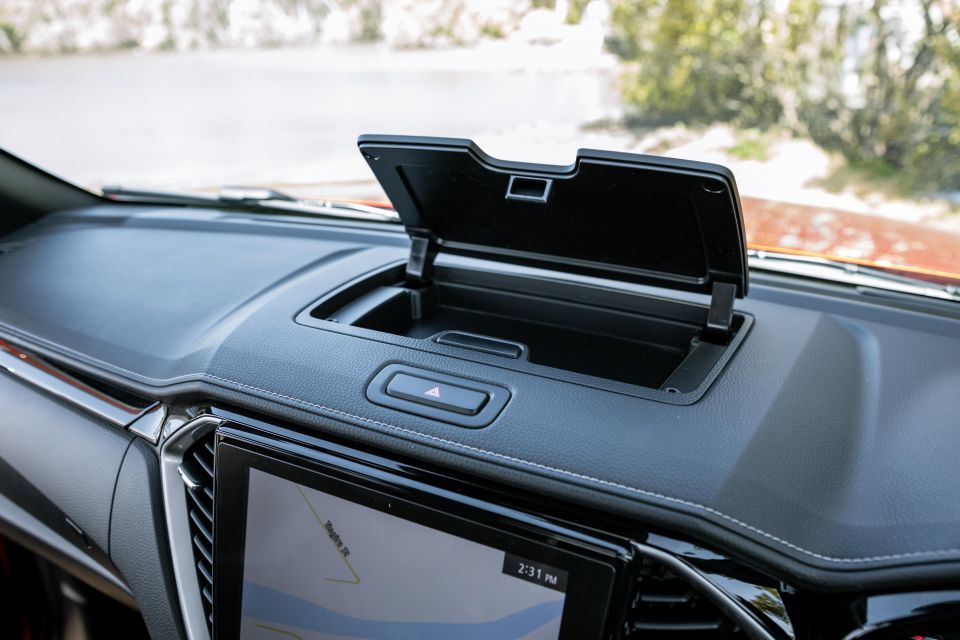
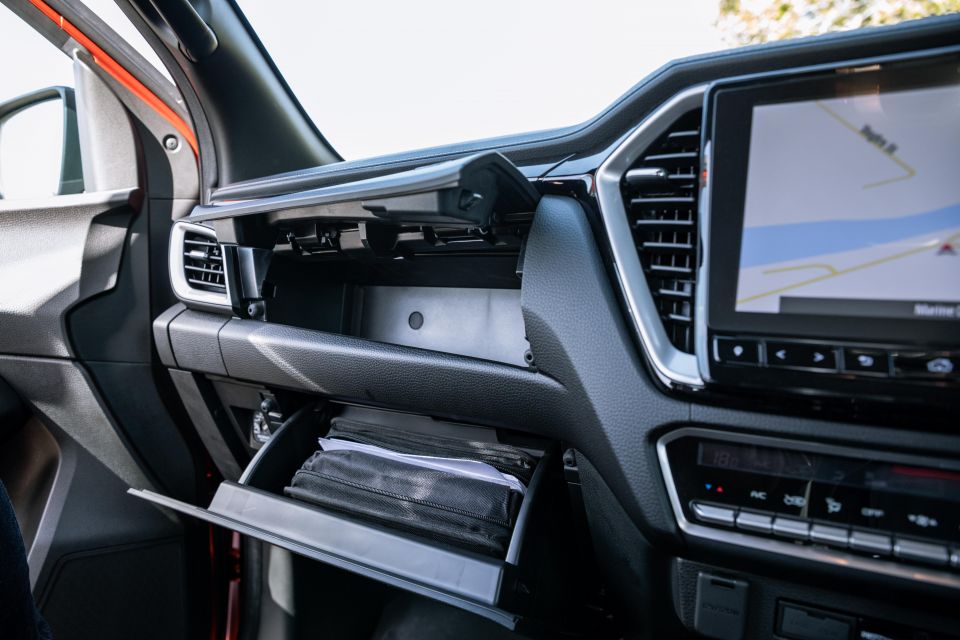


Where expert car reviews meet expert car buying – CarExpert gives you trusted advice, personalised service and real savings on your next new car.
Servicing intervals occur every 12 months or 15,000km and come with a capped-price servicing plan.
Over a six-year period, servicing comes in at $2964, or an average of $494 per service. As a comparison to the best-seller in the segment, the D-Max requires servicing half as often if you drive an average distance each year and will also be cheaper to run, with a longer warranty.
Buy your new car without the stress. It's fast, simple and completely free.

Great service from Travis and team, second time I have used this business would not hesitate to recommend them to anyone
Craig C.
Purchased a Ford Ranger in Sunshine Coast, QLD
CarExpert helped Craig save $7,224 on his Ford Ranger, now let us save you on your next new car.
Get your BEST priceThere was never anything wrong with the old Isuzu D-Max from a drivability standpoint. It was basic, but did the job – same story with the interior.
What Isuzu has done here is completely revolutionised its offering. If the 4JJ3 engine is as reliable as the outgoing 4JJ1, it’s fixed everything wrong with the previous D-Max.
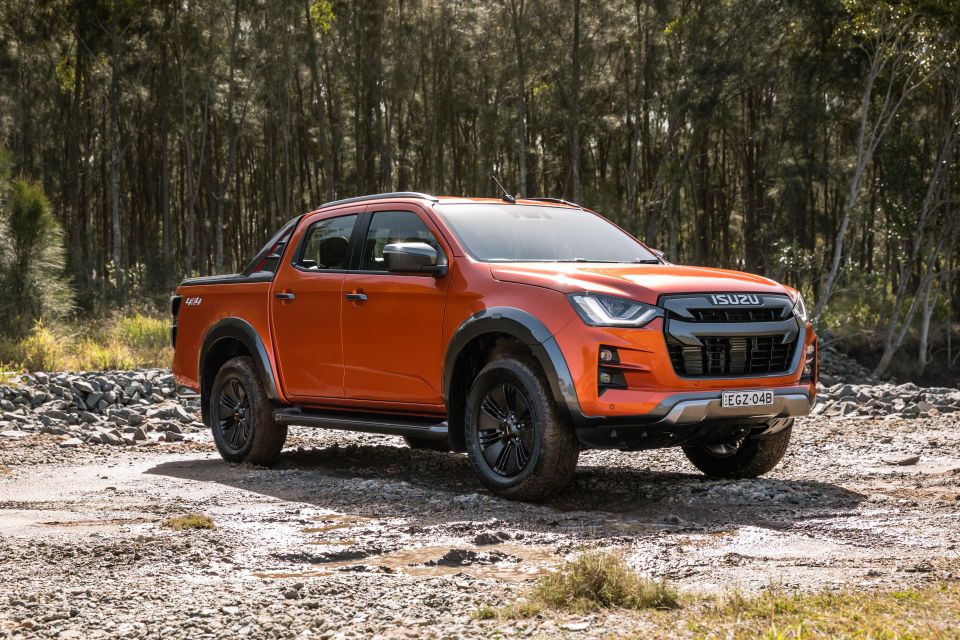
It has gone and created what could possible be the best ute in this segment. We will reserve final judgement until we get a chance to test the D-Max back-to-back with its competitors, along with attaching a loaded trailer and going off-road, but at this stage it’s looking promising.
If you’re in the market for a new ute today, you should consider a test drive the all-new Isuzu D-Max. I’m pretty confident you’ll walk away with a big smile on your face – there really isn’t much not to like about it.
Given the restrictions we faced with properly testing the D-Max out this time around, keep an eye out for our future tests where we’ll look to go into more detail with aspects like towing, load hauling and off-roading.
Where expert car reviews meet expert car buying – CarExpert gives you trusted advice, personalised service and real savings on your next new car.
Paul Maric is a CarExpert co-founder and YouTube host, combining engineering expertise with two decades in automotive journalism.


Max Davies
23 Days Ago


Josh Nevett
15 Days Ago
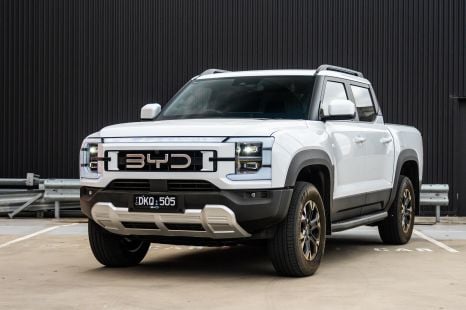

William Stopford
13 Days Ago


Max Davies
9 Days Ago


James Wong
7 Days Ago
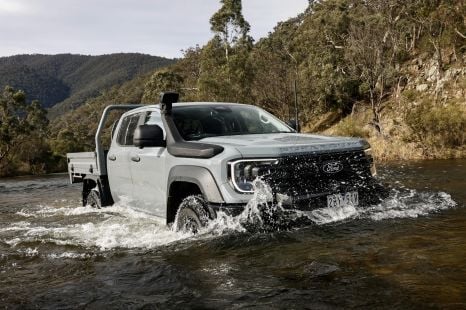

Max Davies
7 Days Ago